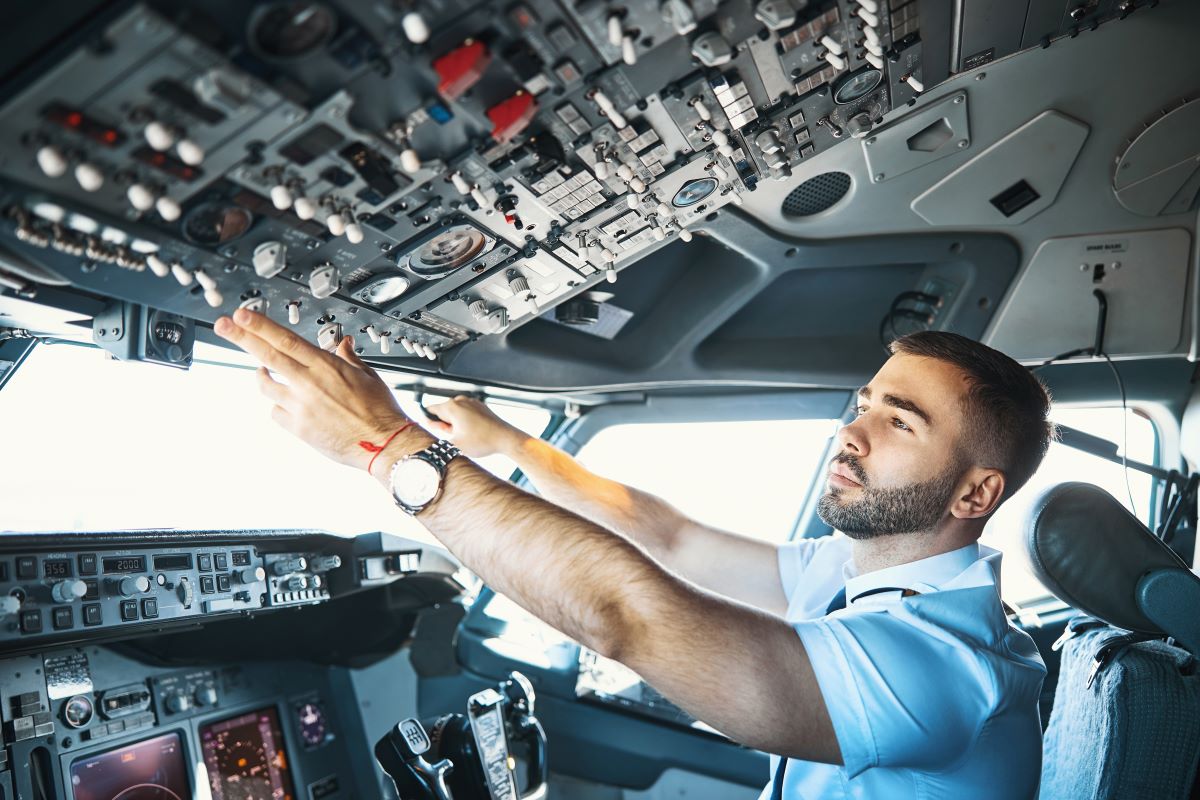The flight deck of today’s most popular aircraft types demonstrates impressive advancements in avionics from the early days of flight, but the technology of these flight decks is arranged with elegant attention to detail for the human mind. This attention to detail to arrange technology in a particular layout is the result of studies of human psychology. How people process information and interact with flight controls is known as “human factors” in aircraft design. Abdelmagid Bouzougarh, Chief Executive Officer of Aerviva, an international aviation recruitment consultancy, explains how human factors are affected by the design of the flight deck.
“The regulatory framework governing human factors has significantly enhanced aircraft safety,” Bouzougarh said. “Aspiring pilots seeking type ratings should consider airlines whose fleets align with their design preferences, as flight deck layout can profoundly impact pilot performance.”
Human factors considerations can range from areas that include the format of information on electronic displays or the physical sensation of the controls. Details such as the colour of pixelation on electronic displays are specified in regulatory guidance, policy, and laws presented by both the Federal Aviation Administration and the European Union Aviation Safety Agency.
“The level of detail has enabled advanced avionics to present data in a matter that both draws attention to the most important information in the flight, and ensures crewmembers can process, understand, and not be distracted at any time of day or stage of flight when a notification occurs,” Bouzougarh said.
Human factors may rely on sciences such as psychology, biology, and medicine to understand how to set the pilot’s brain up for success. However, each designer will have different approaches to specific elements of their design layout. While regulations can be very specific, each manufacturer has demonstrated differences in their design to reflect their information on pilot preference and human factors.
For example, all Airbus aircraft use what is known as a “sidestick” to control aircraft pitch and roll. This sidestick is essentially a joystick that concentrates hand-eye coordination. Meanwhile, Boeing and Embraer aircraft use what is known as a “yoke” or a control column to generate a level of intuitiveness behind flight controls so pilots receive a physical sensation for the aircraft’s movement.
“Unlike a computer, the human brain is imperfect, leading to varying preferences for layout and information presentation,” Bouzougarh said. “Each aircraft features a unique flight deck layout, and while there is no single industry standard, a range of choices exists.”
Aircraft produced in the 21st century have all been fly-by-wire, meaning the control column, yoke, or sidestick don’t connect with the control surfaces that orient the aircraft as it flies through the air. In other words, the physical sensation of the device that actuates the control of the aircraft relies on motors to generate an artificial feeling of resistance.
“Flying older or piston-driven general aviation aircraft provides pilots with a tangible sense of the aircraft’s weight and airflow, aiding in the anticipation of stalls,” Bouzougarh said. “For modern fly-by-wire aircraft such as the A320, and 737, all the sensations one gets from the physics behind flight are artificially generated.”
While careful consideration is made for human factors, there have been a number of fatal accidents that were caused by pilots’ misinterpretation of aircraft data and information. These incidents involve pilots’ misinterpretation of fly-by-wire technologies, which raises questions for the study of human factors.
“Incidents such as Transair Flight 810, Colgan Air Flight 3407, and Air France 447 demonstrate that the artificial resistance in aircraft pitch control can be misinterpreted by crew members,” Bouzougarh said.
Human factors can and have real world results on aviation safety and pilot performance and are a huge consideration in aircraft design. There is a list of aircraft accidents, where different actions from the crew members could have prevented the deadly outcome, and it is important for designers, and pilots to recognize the effect of these factors in the practice of safe flight. Aircrew who understands how each factor affects them, and airline’s that understand the role of human factors can arrange flight decks, and information for flight in a manner to set crewmembers up for success.

